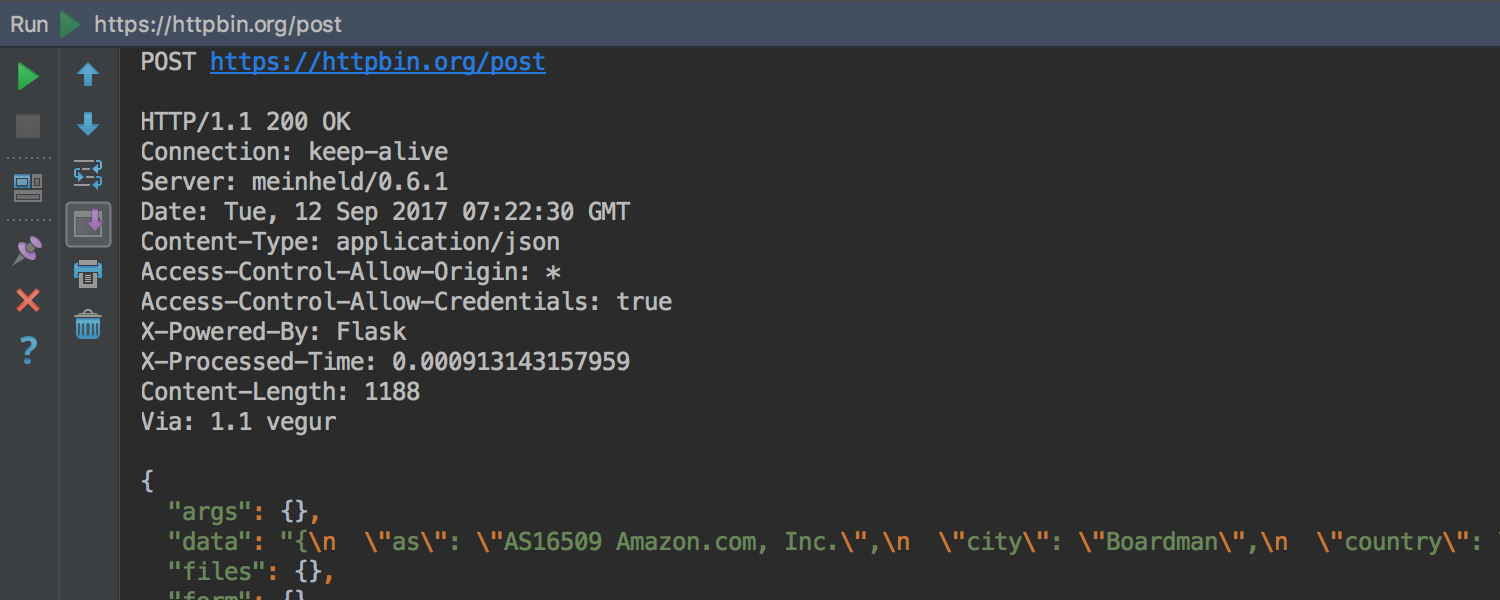


You probably could download the certificate from and install it into your “Trusted Root Certification Authorities” but I did not want to do that just for testing purposes. I got the message: Die zugrunde liegende Verbindung wurde geschlossen: Für den geschützten SSL/TLS-Kanal konnte keine Vertrauensstellung hergestellt werden.ĭas Remotezertifikat ist laut Validierungsverfahren ungültig. I chose the UseSSL=N setting because I had issues with Visual Studio Code to download the symbols or to upload my extension if it Dynamics NAV was installed with a self-signed certificate. I chose the setting ClickOnce=Y because I wanted to test not only the web client, but also the Windows Client. # this should pull the latest dynamics-nav, 2018 at the momentĭocker run -e accept_eula=Y -e ClickOnce=Y -e UseSSL=N -m 4G microsoft/dynamics-nav With the coreinfo tool (download here for free: ), you can test if your CPU is supported: But you need 4 GB to run Dynamics NAV 2018 in a container. It does not support docker images with more than 2 GB of RAM. So I bought a refurbished HP ProBook 6560b with a Intel Core i5-2520M CPU, but that did not work. You can look up the supported AMD versions at KB article on AMD“.

See also which states: “Every Core i3, i5 and i7 supports SLAT.

My first obstacle was the requirements to the CPU.įirst, you need a CPU with SLAT for running Hyper-V on Windows 10. Let’s start with setting up the free Docker container on Windows of Dynamics NAV for testing and development purposes. So I will provide some examples on my blog. There are some examples available on the net, but not enough. In the past months, I have learned a lot about Dynamics NAV 2018.


 0 kommentar(er)
0 kommentar(er)
